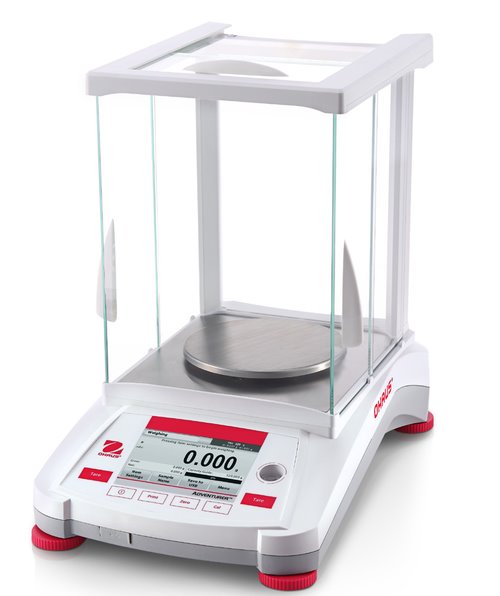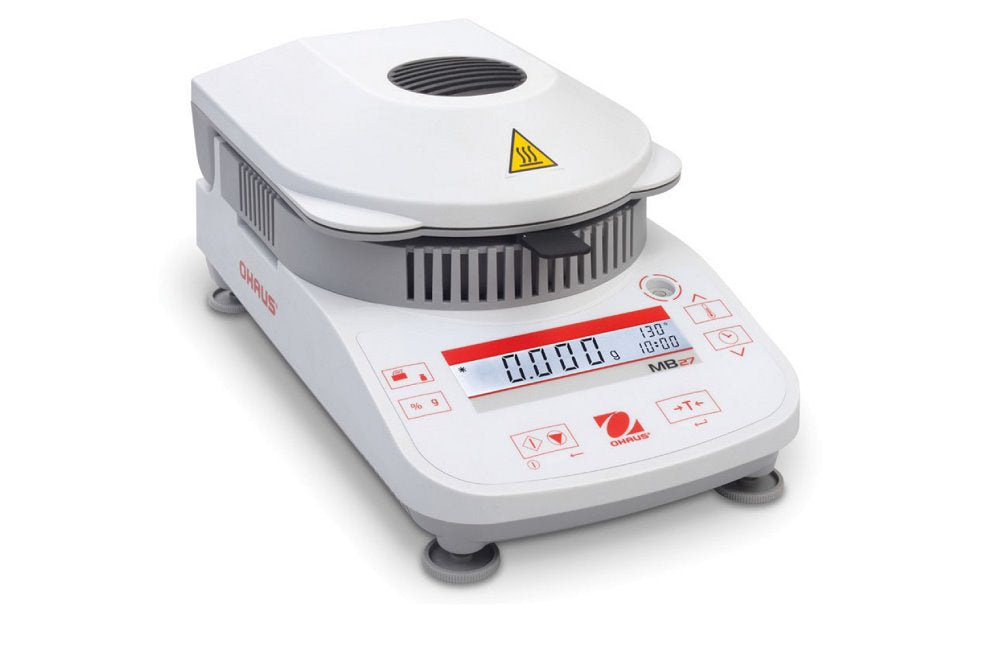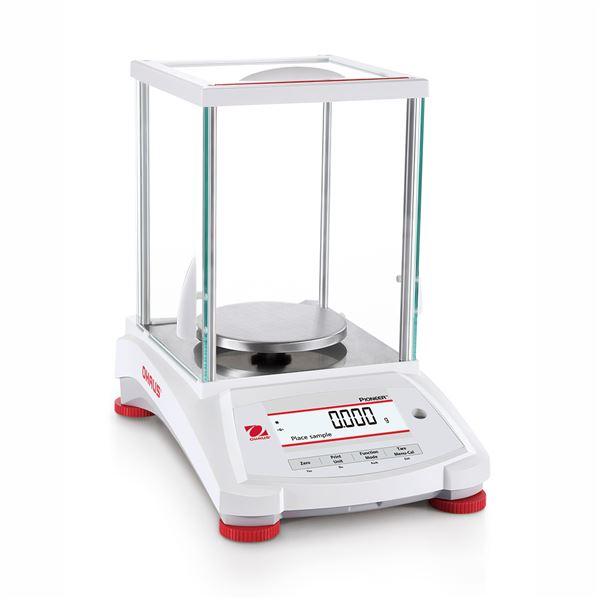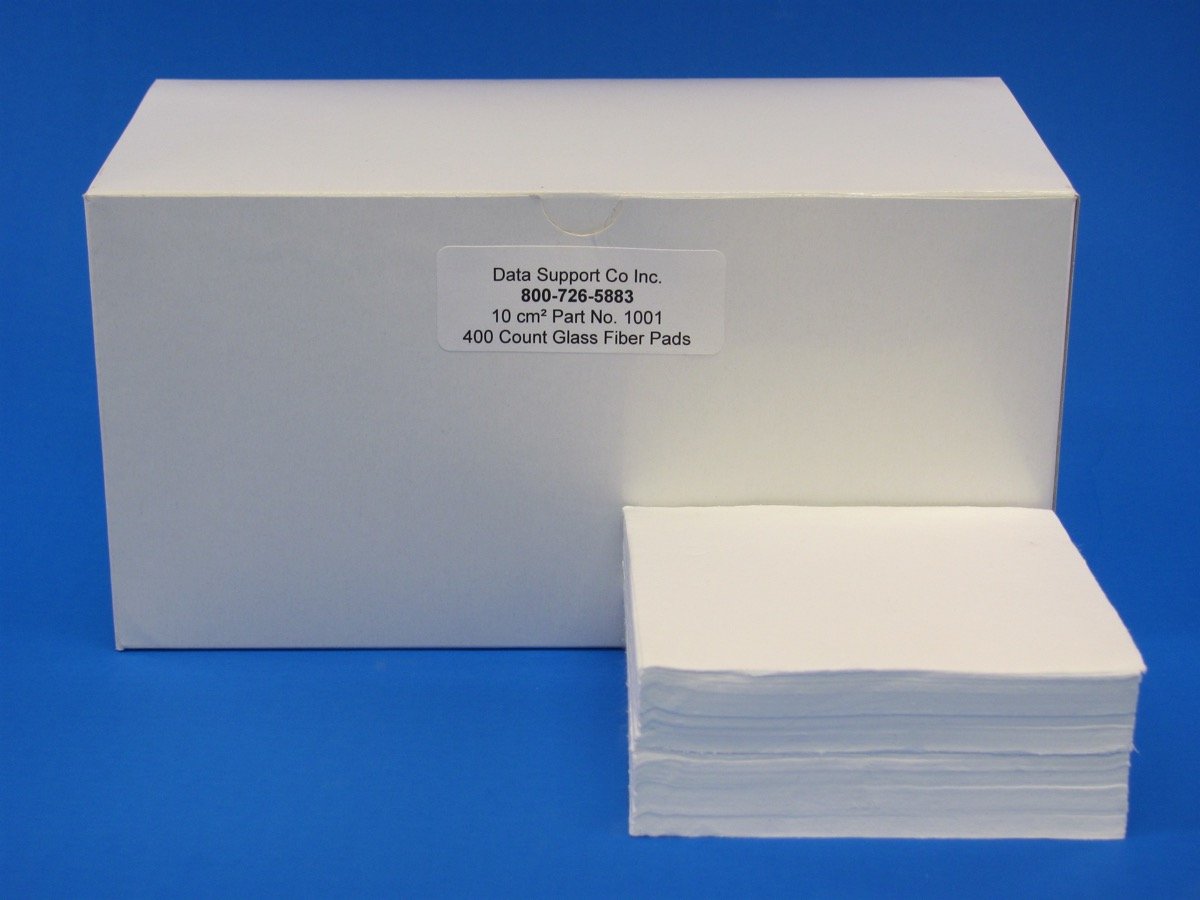An Analytical Balance is primarily a laboratory and/or industrial machine that has the ability to balance or measure very small masses that are sub-milligram. The mechanical machine has a measuring plate or measuring pan, which is positioned inside and enclosed with doors. The pan is bounded so as to prevent it from catching dust as well as the air currents within the room that might cause some effects to the way the balance operates. The enclosure of the measuring pan is commonly known as the draft shield. This is one of the safety measures for using the mechanically vented balance which has inimitable deliberate acrylic airfoils which has their main purpose of allowing free airflow around the room. The flow of air ensures that the balance does not vacillate. The setup of the analytical balance is supposed to be at room temperature in order to bar the formation of air currents within by natural convection leading to error in the balance reading.
Additionally, there is also a mechanical balance that is made of a single pan as it acts as a substitute. Its function is to maintain a regular and constant response all the way through until a valuable capacity is attained. Achieving the useful capacity is a result of maintaining a certain constant load of weight on the analytical balance. Colleges, universities, and industrial lab scientists who are in need of measurements that are exceptionally accurate on extremely small quantities are advised to consider using this instrument known as analytical balance. With the advancement in technology, these balances have been developed and have become more accurate for use in other appliances as well.
When you want to buy an analytical balance, you need more information than what is provided in a catalog. You need to read the descriptions on the product webpage and know about all the features. A potential buyer, shopping for an analytical balance is supposed to be aware of all the information on the product including, its technical and advanced features as well as instructions, guide, and safety measures for effective performance. If you are a Purchasing Administrator you can give Data Support Company a call and they would be more than happy to assist you in finding the equipment that your fellow employees need.
Single-cell weighing system
The single-cell weighing system is built of a solitary block of materials and this results in steady temperature comportment as well as shorter stabilization duration and a shockproof structure. The accuracy in the values of the material being weighed is normally placed at the end of the machine’s weighing pan.
The accuracy of the analytical balance is because it is analytically programmed to automatically calibrate to preset specifications. The calibration normally occurs after a duration of about four hours, but mostly whenever there is fluctuation in temperature to 0.5 Degree Celsius or when the weighing machine is swapped from the standby mode to the weighing mode and the temperature fluctuation above is met.
Applications of analytical balance
There are a good number of distinctive applications that can be executed and fulfilled by analytical balance; for example, regular petite calibration. This involves control and regulation of the measuring kit in agreement with the ISO 9001 as well as the GLP commands. The process is accomplished and achieved by combining both the analytical balance with the PC-based petite. The standardization technique executes calculations and at the same time does the comparison of all the well-defined tolerances. In the end, the records of the test can either be printed out for archiving or stored in soft-copy on the computer.
The accessory that is much useful in the whole setup of an analytical balance is the electrostatic discharge ionizer. The accessory is very essential, particularly when the machine is weighing non-conducive materials such as plastic samples in grams as well as milligrams. There is a possibility that such product and many others could be carrying an electrostatic charge and this leads to the creation of an electromagnetic field between the materials and the analytical balance as well. All these can impact the accuracy of the measurement read out from the display. Ionizers can either be attached somewhere next to the analytical balance or physically directed from all-around towards the direction of the sample that is being weighed. This process is recommended because it can greatly increase and improve the accuracy of the measurement operation.
There are also other types of analytical balance that keep the record of the tare weight as well as the different weights of the different samples in completely separate memories. This specific feature allows the balance to add up all the weights of various components in a given mixture without including the weight of the tare cup. The analytical balance recipe weighing feature in combination with the printing function gives the number to all the ingredients in a mixture automatically corresponding to all the weights of each and every component
Balances vs Scales: Which One Should You Get?





